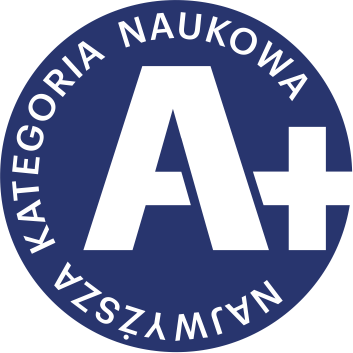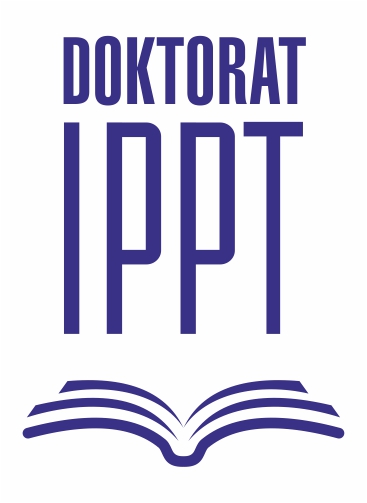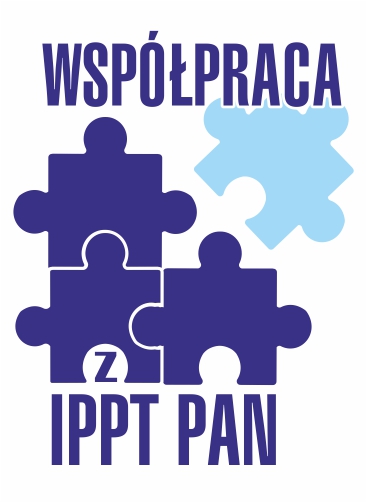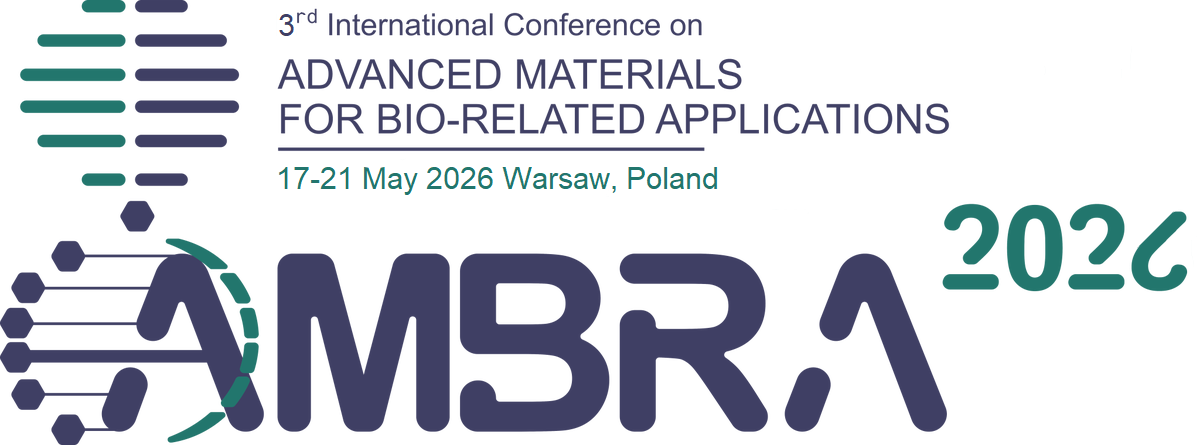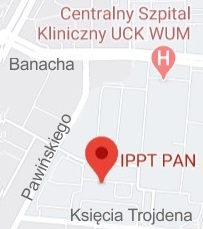| 1. |
Jasinski J. J.♦, Lubas M.♦, Stasiak T.♦, Bik M.♦, Marchewka J.♦, Mościcki T., Wilk L.♦, Nowakowska-Langier K.♦, Barlak M.♦, Frydrych K., Kurpaska L.♦, Sitarz M.♦, Jagielski J.♦, Raman spectroscopy imaging and microstructure characterisation of Ag+ implanted TiO2 hybrid layers,
Journal of molecular structure, ISSN: 0022-2860, DOI: 10.1016/j.molstruc.2025.143775, Vol.1349, No.2, pp.143775-1-143775-9, 2026 Streszczenie:
The paper presents research on Ag+ ions implanted TiO2 thin layers with Raman spectroscopy imaging. The oxide layers were formed on Ti–6Al–4 V ELI titanium alloy substrates through a multistage hybrid oxidation process, which combines fluidised bed (FB) diffusive treatment at 640 °C for 8 h with physical vapor deposition (PVD) pulse magnetron sputtering. Silver ions were implanted into the TiO2 layer after the fluidised bed process using a Metal Vapour Vacuum Arc implanter to form an interface for further PVD oxidation and generate an antibacterial interface that prevents inflammation during top layer spallation and cracking under working conditions. The ion implantation process was preceded by Monte Carlo simulations modelling of the depth profiles using SRIM-2013.00 software. The fluence of implanted ions was 1 × 1017 cm-2, and the acceleration voltage was 60 kV. The modelled range at peak damage of the real Ag+ + Ag2+ + Ag3+ + Ag4+ profile was about 40 nm. Raman spectroscopy imaging, XRD, SEM and TEM observations were carried out to evaluate the effects of ion implantation, analyse oxide phases and determine the mechanism of TiO2 layer formation during combined oxidation. The layers exhibited both amorphous and crystalline characteristics, and the top surface area was composed of TiO2 rutile and anatase, as well as oxygen vacancies (at 750 cm-1) and crystalline TiO2 (at 310 cm-1). Amorphous TiO2 dominates in the middle and near substrate layer. The layer before the substrate is composed of Ag+ ion area (ca. 100 nm) and dense TiO2 mixture of rutile (236 cm-1) and partially anatase (141 cm-1). Ultimately, it has been found that the functionalisation of oxide layers using a multistage hybrid oxidation and ion implantation process leads to a change in oxygen concentration in the various TiO2 layers forming a highly defected and active top surface layer. The homogeneous multiphase oxide layers on Ti alloys implanted with Ag+ ions for generating an antibacterial interface might improve the bioactive properties, which in perspective might be essential for biomedical applications. Słowa kluczowe:
Titanium alloys, Tio2 thin layers, Ag+ ion implantation, Rutile/anatase, Raman spectroscopy imaging Afiliacje autorów:
| Jasinski J. J. | - | inna afiliacja | | Lubas M. | - | inna afiliacja | | Stasiak T. | - | inna afiliacja | | Bik M. | - | inna afiliacja | | Marchewka J. | - | inna afiliacja | | Mościcki T. | - | IPPT PAN | | Wilk L. | - | inna afiliacja | | Nowakowska-Langier K. | - | inna afiliacja | | Barlak M. | - | inna afiliacja | | Frydrych K. | - | IPPT PAN | | Kurpaska L. | - | inna afiliacja | | Sitarz M. | - | inna afiliacja | | Jagielski J. | - | National Centre for Nuclear Research (PL) |
|  | 70p. |



